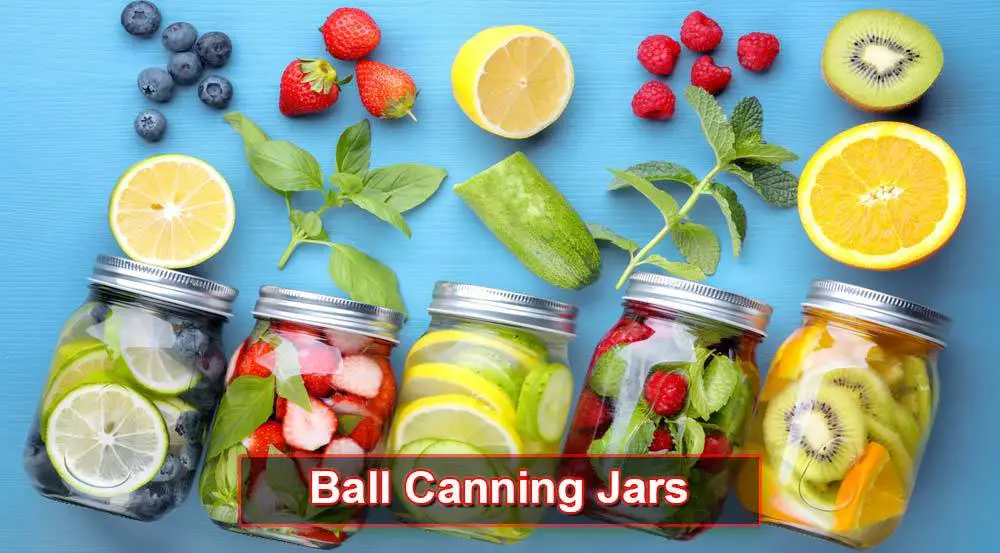
Preservation is an issue that has troubled humankind ever since the times of our hunter-gatherer ancestors. Even back then, our forefathers could find themselves with more food than they could eat in one mealtime. Therefore, the urge to find ideal preservation methods is what led to the discovery of canning and, subsequently, Ball canning jars. Canning involves storing food in glass jars and heating them to a temperature that destroys micro-organisms, which would otherwise spoil the food and make it inedible. Finally, canning lids are used to seal the jars.
Introduction
Nowadays, more and more people are embracing the idea of using ball canning jars to make and then store their favorite recipes of vegetables, pickles, and other preserved foods, including jalapenos. However, it’s been a while since these jars were this popular. To be precise, the last time ball canning jars were in so much use was in the 1940s. Back then, they were used in preserving summer’s bountiful harvest for the winter season.
Today, the canning jars are designed for numerous functions. From serving as salad containers to flower vases and candle holders—and, of course, for food preservation.
Due to their increasing popularity, you’ll see them everywhere. But how many of us really know what ball canning jars are? Why are they even referred to as “ball” jars in the first place?
The Invention of Ball Canning Jars
Before we delve into the uses of these jars, it helps to know a bit about their history. Canning jars were first invented by John Landis Mason, who was a tinsmith at the time. He decided to name the jars after himself, which is why they’re popularly known as mason jars. Mr. Mason created these jars for the purpose of preserving food. He patented their design in 1858 but ended up selling off the patent before the design became a hit.
Why did They Become a Hit?
There are two main attributes of why Mason’s jars became popular soon after. For starters, no one had ever tried using bleached glass to make jars. Bleached glass allowed users to see the contents of the jar. This was particularly important since people needed to see if the canned food was still safe for consumption.
Secondly, the mason jars had a uniquely-shaped top comprising two parts. The first was a rubber ring underneath, which created a vacuum seal. The other was an outer band with reusable screw threads. While the canning jars could be recycled, the lids could only be used for sealing once.
The modern top-tier canning jars are made using the same method. And while the lids sound like a very simple feature today, these glass jars were initially sealed using thin, flat lid and wax. Not only was this messy but it also wasn’t a reliable option.
Birth of the Ball Corporation
In 1884, the Ball Brothers Glass Manufacturing Company was founded to capitalize on Mr. Mason’s idea of canning jars. The five Ball brothers formed the company in Buffalo, New York and made a ton of jars. At the time, their jars had the logo “Buffalo Jars.” Current Mason jars with this particular logo are some of the oldest and rarest types of canning jars. So, if you have one, you should treasure it!
A century later, the Ball Brothers Manufacturing Company has grown tremendously. Although the company was renamed Ball Corporation, it is still a household name that is known all over the world. Nowadays, the company not only makes high-quality canning jars but also other recyclable beverage and food containers.
Choosing the Right Ball Jars for Canning
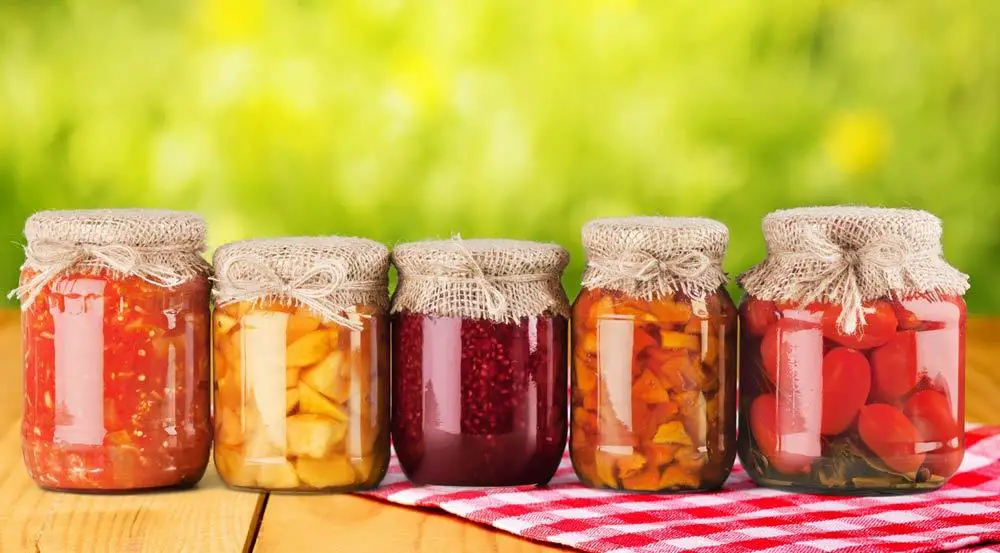
True Ball canning jars should always be made of glass and not plastic. They should also have airtight screw-top lids.
Here are a few more things to consider when getting a ball canning jar.
Volume
Ball canning jars come in different sizes:
- Pint-size jars with a regular-mouth: these have an opening of 23/8 inches. They are ideal for canning chilies, pickles, and other small-sized foods.
- Quart-size jars with a regular-mouth: these are suited for storing sliced fruits, veggies, juices and pickles. They can also be used to store bulk items.
- Quart-size jars with a wide-mouth: As the name suggests, these jars have a bigger opening of about 3 inches. This makes emptying and filling the jars much easier.
- Half gallon jars with a wide-mouth: these can be used to can big volume foods. Unfortunately, they are not good at retaining heat. As a result, the heat fails to reach the center of the jar, which may pose a problem.
- 4-ounce quilted jelly jar: this jar makes an excellent gift for a loved one. You can also use it to can small-sized foods.
- 12-ounce quilted jelly jar: this is also suited for small food canning.
- ½ pint size jelly jar: this is the typical size of jars used to can products such as butter and jam.
- ½-pint size jars with a wide mouth: these ones are not ideal for canning, but they can be used as décor pieces.
Mouth Diameter
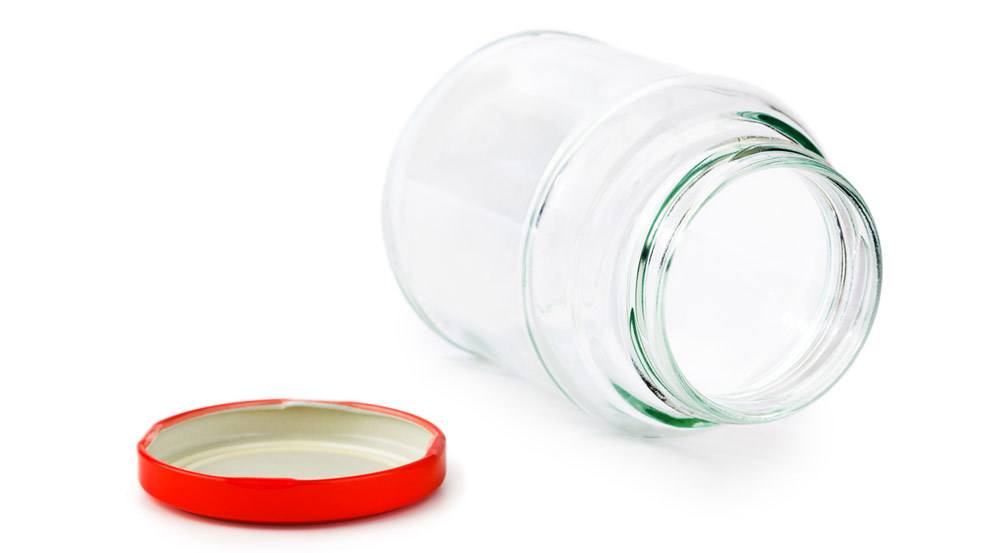
Apart from capacity, you’ll also need to determine the size of the jar’s mouth that you prefer. There are two main variations: regular and wide. The regular jars have an opening of 2-3/4 inches, while the wide jars have an opening of 3-3/8 inches. Each type has its fair share of advantages.
Regular-mouth Ball Jars
This is the traditional shape of mason jars. It’s characterized by a tapered design at the top and bottom, but with a narrow-sized opening. These types of jars are great for storing jellies, salsas, and sauces, or even processed whole fruit such as peaches. They can also hold small-sized loose items like bobby pins.
However, these jars are more difficult to clean. The small openings make it harder to squeeze in a sponge to use for cleaning. Also, since they have tapered bottoms, it’s not easy to stack them one on top of the other.
Wide-mouth Jars
These jars are praised for their capability to accommodate large volume foods and items like pickles and whole fruits. Thanks to the big size of their openings, they’re easy to clean. You can quickly fit an entire sponge, or your hand, inside the jar and clean it thoroughly.
This feature alone is enough to get you sold on the wide-mouth ball jars. But, did you know that one of the reasons why they’re designed this way is to make stacking easier? With their flat, wide bottoms and equally massive openings at the top, these are the perfect jars to use if you’re trying to save on space.
Type of Lid
Most ball canning jars are fitted with screw-on lids. However, you may come across a few that have hermetic seals. The latter option has rubber rings along the rims of the lids, which create the airtight seals during canning.
On the other hand, screw-on lids are very customizable. They can be fitted with straw holes, which are very beneficial if you’re using the jar to store a liquid. The straw hole allows you to insert a straw and drink through it; hence, preventing the liquid from spilling out.
How to Use Ball Canning Jars
Ball canning jars are typically used for preserving foods. However, they are handy for a multitude of other functions as well.
Blender Jars
Did you know that you could use regular (those with a narrow mouth) ball canning jars for blending? Unscrew the base from your blender pitcher and you’ll notice that the blade fits nicely on the standard Mason jar. So, just screw the jar to the base of the blender and blend away!
There are many benefits of using ball canning jars as blending jars. For one, if you’re blending a smoothie, you can drink directly from the jar. Alternatively, you could add a lid and take your smoothie to drink on the go.
Secondly, if you are blending spices or nuts, just add a lid after blending and store them in your refrigerator for future use. Amazing, right?
Whipped Cream
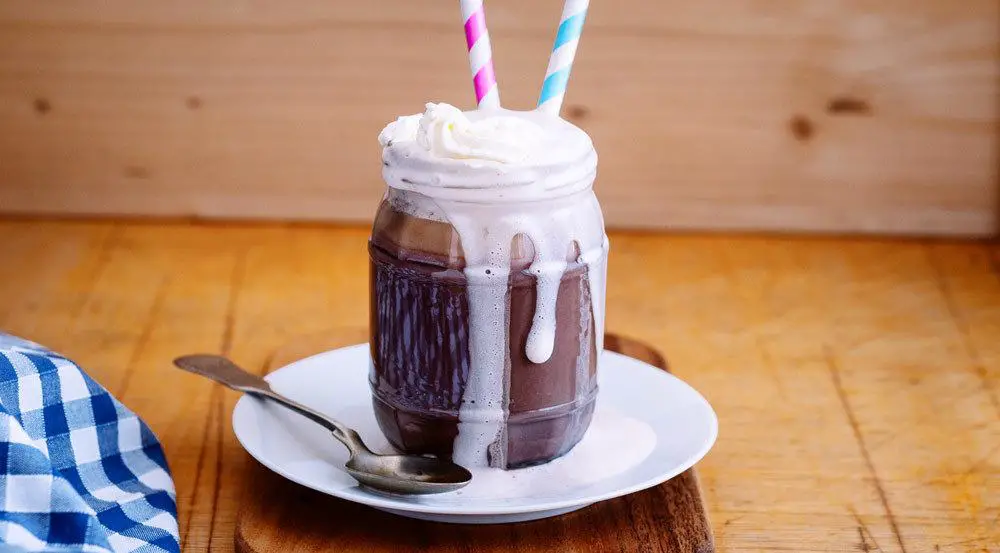
To make the best whipped cream, one usually has to whip it by hand. If you don’t like this idea, however, there’s an easier option to make your whipped cream. Just throw the cream in your ball canning jar and give it a good shake. Within a few seconds, you’ll have ready-to-serve whipped cream.
Storing your Lunch
If you always have a busy work schedule, you might not have enough time to head out for lunch, which is where the ball canning jars come in. Just prepare your favorite meal at home, pack it nicely in the jar and carry it to your workplace. For the best outcome, always buy microwave-safe ball canning jars. This way, you can heat up your food without worrying about the jar breaking into pieces.
Packing Food-Related Gifts
If there’s one thing that I’m not good at, it has to be wrapping gifts. Thankfully, these ball canning jars always come to my aid. If you’re like me, all you need to do is layer a couple of pastries in the jar, tie a floral ribbon around the mouth of the jar and you’re good to go! You can use homemade treats like cookies and biscuits or ingredients.
Spice Jars
If you have empty ball jars that you no longer use, you can turn them into a collection of elegantly-displayed spices. You can decorate them using different colors of wrapping paper or use some chalkboard spray paint.
Customized Lamps
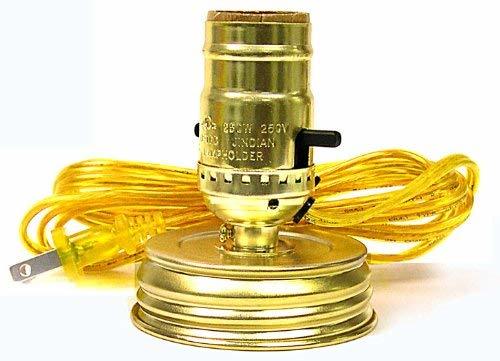
Ball canning jars can be transformed into very cozy lighting options. You can even convert your jar into a citronella candle. To make this process easy, consider buying a lamp conversion kit. Most kits provide you with strands of battery-powered string lights, which you place inside the jar to create a stunning illuminating centerpiece.
Sewing Kit
For this application, we recommend the pint-sized ball canning jar. Gather all your sewing supplies such as spools of thread, buttons, and a small-sized pair of scissors. Next, place them inside the jar, cover with a lid and you have yourself a self-made, cheap, and functional sewing kit.
Photo Frames
If your kitchen cabinet is overflowing with ball canning jars, consider turning them into photo frames. Simply print your favorite photos into the size of the jar. Next, place the photos in the jar and look for strategic spots to display them. You can place the jars vertically or upside down to create a unique display.
How to Sterilize Ball Canning Jars
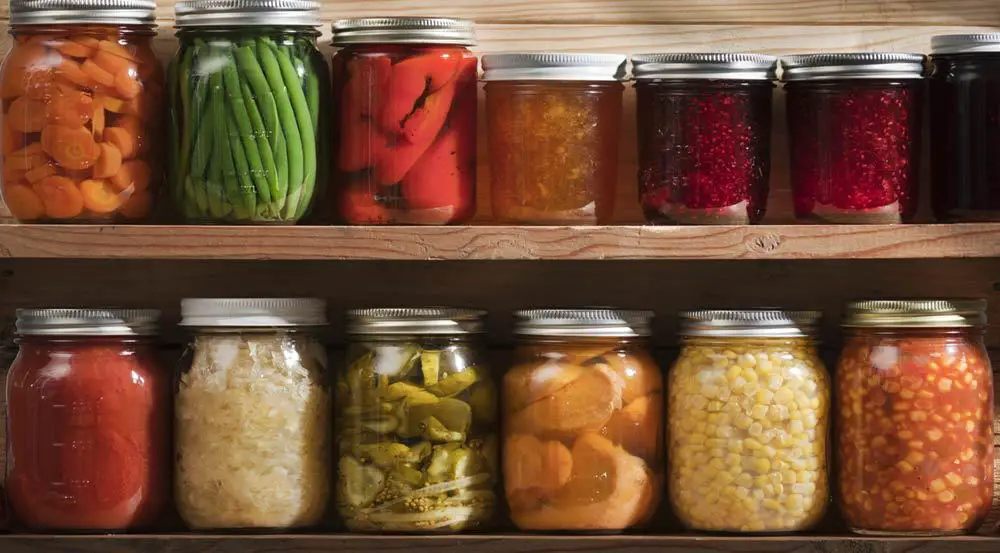
If you’re using the ball canning jars to preserve food, then you should sterilize them before every use.
What You Need
- Ball canning jars
- Boiling water canner or a big pot
- Jar lifter or pair of tongs
The Altitude Factor
Immersing your ball canning jars in boiling water is the usual way of disinfecting them. However, altitude has an effect on the temperature of the boiling water. At higher altitudes, the boiling point of water reduces significantly.
Therefore, you’ll have to adjust the time your jars spend in the boiling water. Under normal circumstances, you should leave the jars in the boiling water for 10 minutes.
In other words, leave the canning jars for 10 minutes if the altitude is at sea level and up to 1,000 feet. Then, for every additional 1000 feet, add an extra minute to the timeline. For instance, the ideal duration for an altitude of 2000 feet would be 11 minutes and 12 minutes if the altitude is 3000 feet.
The Process
For the procedure, start by placing your empty jars in already warmed up water. Place them with their right side up. Ensure the jars are completely immersed in the water so that the water is about one inch above them. Bring the water to a boil, then start timing.
Boil the canning jars based on the altitude. Next, turn off the source of heat and remove the jars using lifters or tongs. If you’re not ready to use the jars just yet, you can leave them for up to a period of one hour. Alternatively, you could dry them with a fresh, clean towel and keep them in a clean place for later use.
Wrap Up
Ball canning jars are a type of mason jars made by Ball Corporation. They are mainly used for canning food—a process that not only preserves food for up to several years but can also be used for making new flavors, such as when pickling or making jams.
However, ball canning jars have many functions other than food canning. They can be transformed into rustic centerpieces, photo frames, and even super-cool customized lamps. They can also be used to store lunch, sewing supplies, and gifts. Once you know for which purpose you will be using your Ball jars, it will be easy to pick out the volume, lid type, and mouth diameter that you need.
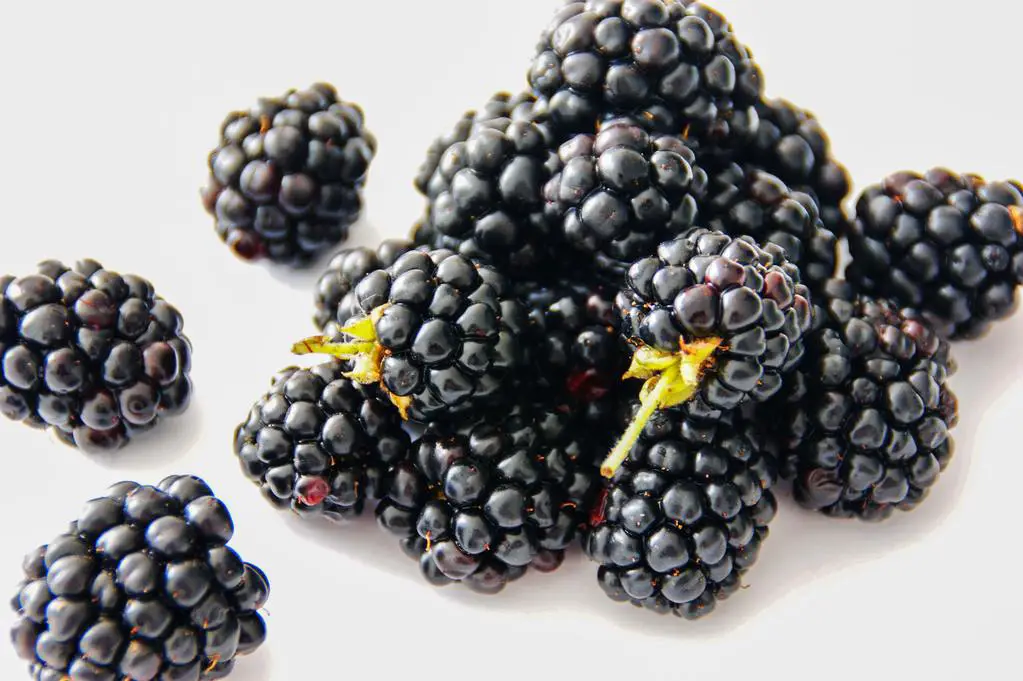
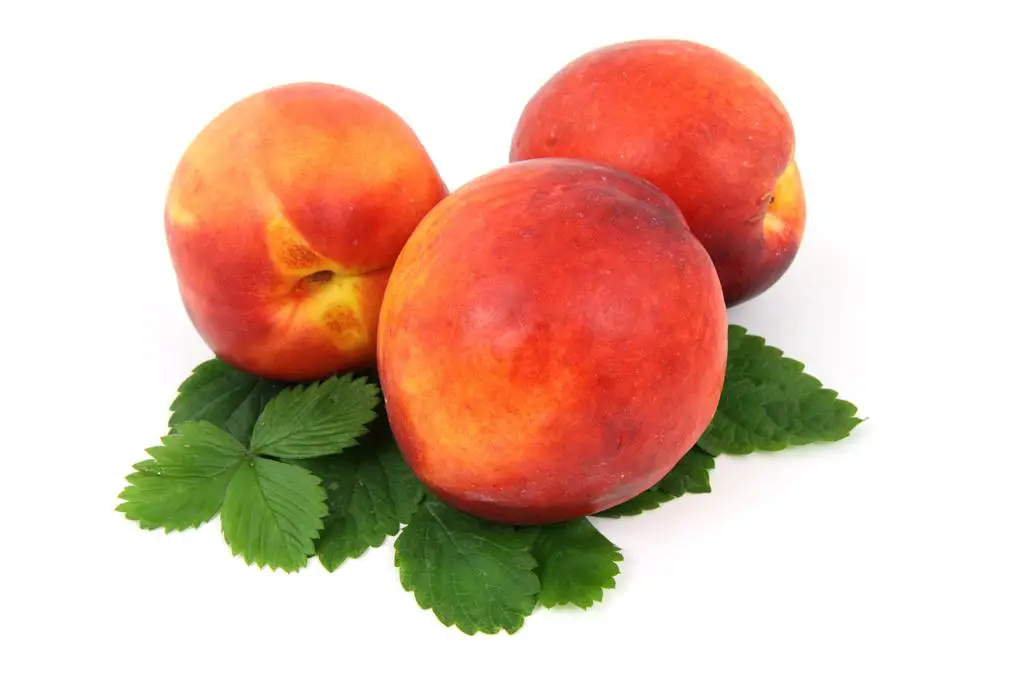
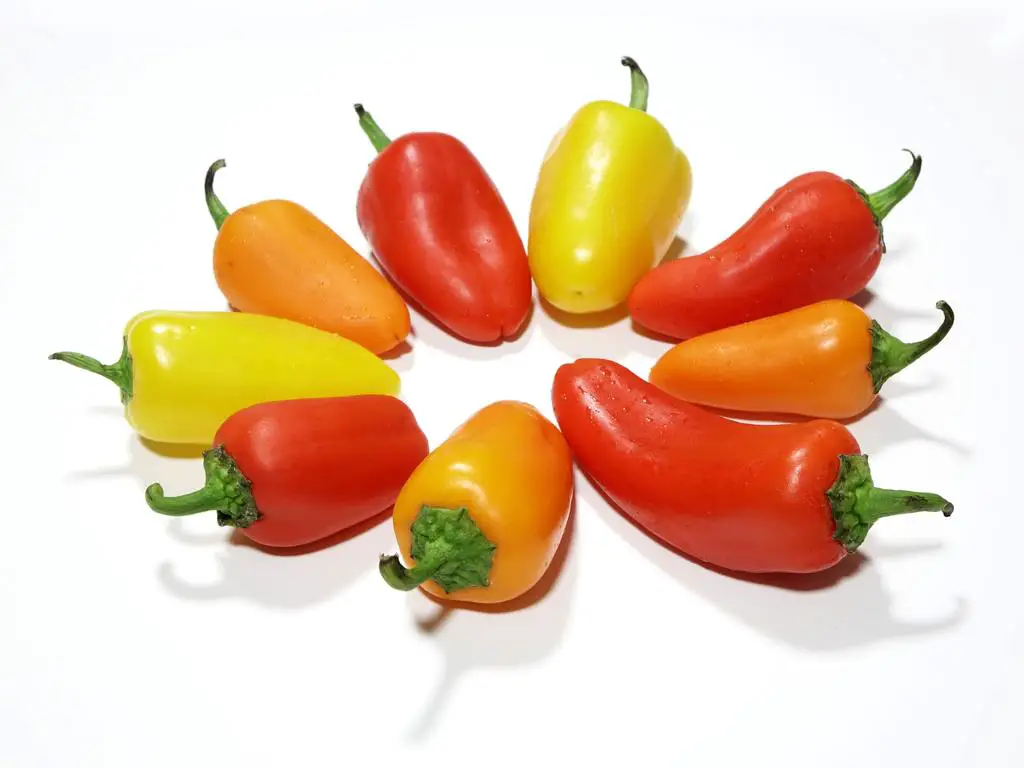
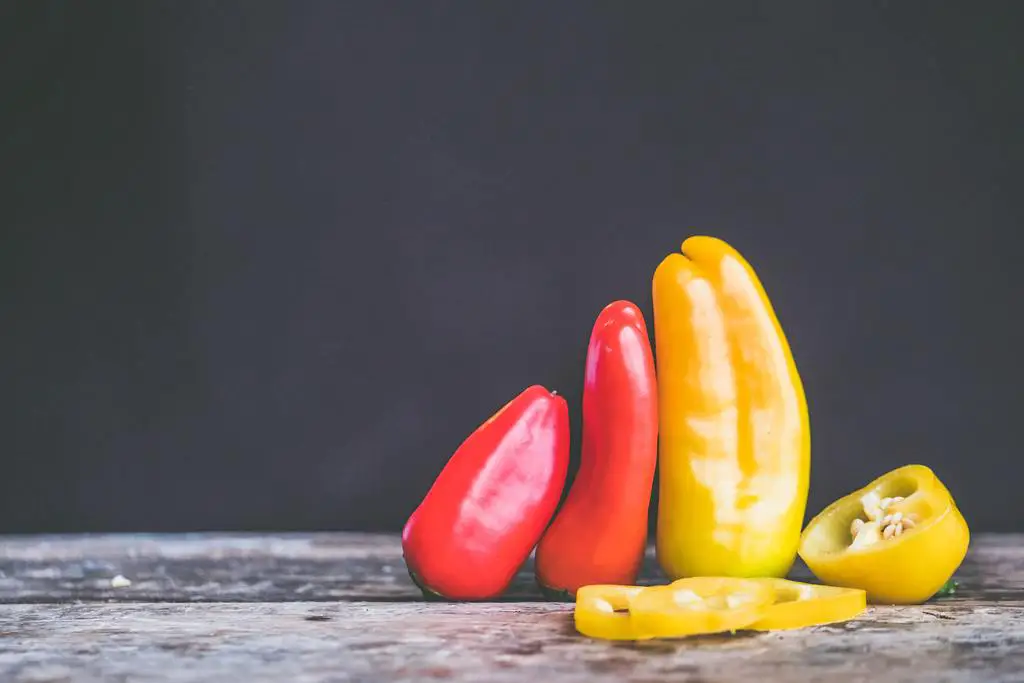
Pingback: How Long Should I Boil Jars to Sterilize? | PressureCanners.com
Pingback: How to Sterilize Canning Jars in the Oven | PressureCanners.com
Pingback: Home Canning Supplies Make Preserving Easy | PressureCanners.com